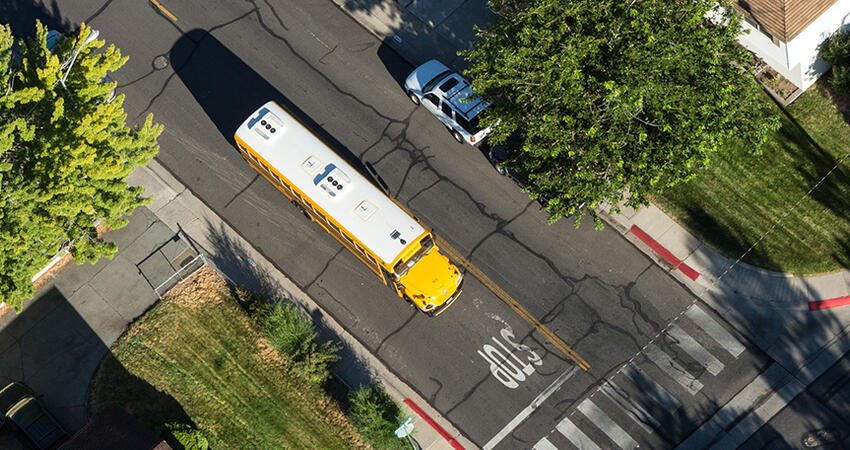
To Improve Children’s Access to Quality Education, Both Housing and School Options Matter
by Maya Brennan
In the United States, families often exercise school choice through their housing decisions. During the housing bubble, home buyers whose purchase was primarily motivated by the school paid 11.5 percent more for their home than those buying for other reasons. It may then be unsurprising that renters, poor households, and those receiving federal rental assistance are more likely than other households with children to live near schools ranked in the bottom 10th percentile for math and English proficiency. For nearly one in three families in public housing, the closest school ranks in the bottom 10th percentile. Though housing vouchers provide families more flexibility in choosing their neighborhood (and therefore school options), inaccessible rent levels, information gaps, and other factors still limit families’ neighborhood access. The result? Around one in four families with a housing voucher also lives nearest to a poor-performing school.
Families lucky enough to receive federal rental assistance should not have to accept an underperforming nearby school as part of the package.
School choice advocates, such as Betsy DeVos, the secretary-designee for the Department of Education, propose a variety of methods, from school vouchers to public charter schools, that disentangle where a family lives and where their children go to school. If developed well, school choice policies could open up access to stronger schools for low-income children. However, school choice could increase school instability for children due to higher rates of charter school closings compared with traditional schools. School choice may also have detrimental consequences for equal education, allowing parents who opt out of integrated schools to do so using public funding.
While considering the expansion of school choice, policymakers should be aware that not all families will have the same capacity to exercise that choice due to a host of housing-related and non-housing-related factors. As Senator Lisa Murkowski of Alaska noted in DeVos’s confirmation hearing, children who live in low-density communities do not get a menu of school options. In communities of sufficient size to offer multiple schools, other factors may impede school choice from being equitably available, in particular to families coping with neighborhood traumas or unstable housing conditions. Meanwhile, families unable to find an affordable home near work may see no reasonable way to opt out of a convenient school location in a quest for quality.
The joint challenge of housing and school access is great. More than 19 million children live in low-income households that are housing-cost-burdened. This affects their families’ spending on child enrichment activities, among other financial trade-offs. Under school choice, these children could either obtain access to a higher quality public education or be cut off from quality due to factors outside of their control. The next secretaries for education and housing should work collaboratively and commit to parsing through the evidence to design a truly effective and equitable system for educating the nation’s children—no matter where they live.


